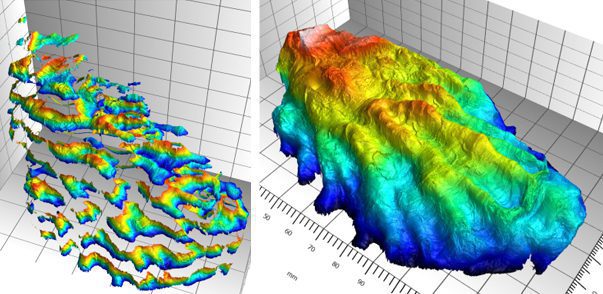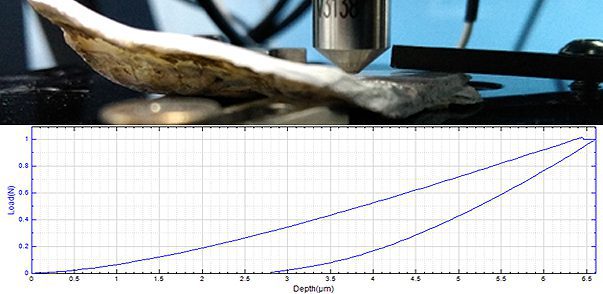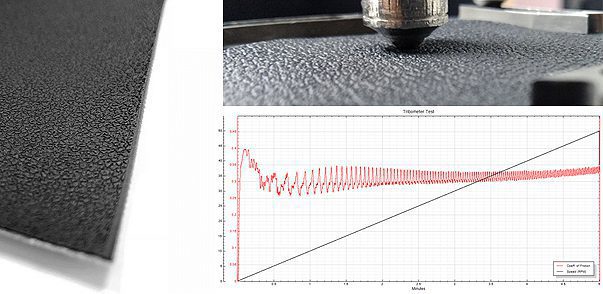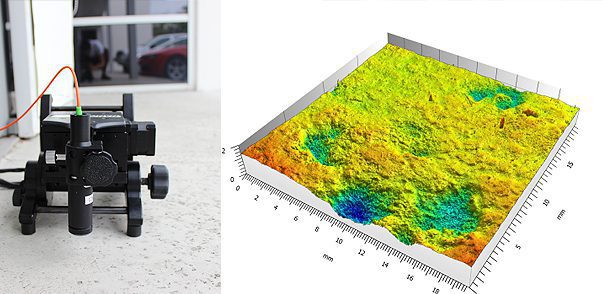Monthly Archives: June 2018

Conchology Topography Measurement Using 3D Profilometry
Conchology topography, by scanning the whole surface of an oyster shell, the Nanovea HS2000 Line Sensor will display its ability to work with large samples with abnormal geometries. Reflectivity, transparency, and angles do not affect the data collected with our technology, making 3D Non-Contact Profilometry ideal for all types of samples. Another difficulty that lies with profiling an oyster shell lies in its lack of flat base. Samples typically needs to be securely mounted to the stage to minimize wobbling as the stage move. This usually requires additional sample preparation or fixtures to be used. The smooth air bearing stages on the Nanovea HS2000 Line Sensor, however, drastically minimizes stage noise. Its motorized control of the x, y, and z stages also allows for ease in extending varying height measurement. The extended measurement shown in this study, allows our instrument to capture a full surface that is beyond its pen height range limits (approximately 4mm).

Biological Mechanical Properties of Oyster Shell

Leather Coefficient of friction Using Tribometer
Leather friction (COF) is quite important for leather since it can be used to characterize properties such as slip resistance, finish and material degradation. For leather used in footwear, the slip resistance must be sufficiently high. Slip resistance can be characterized by observing the static COF and dynamic COF with a Tribometer. COF also determines how much friction is produced when rubbing between two surfaces occur. This can be used to determine the aesthetic quality and durability of the leather finish when applied to clothing, tooling, and upholstery.

Concrete Roughness Using Portable 3D Profilometry
Measurement of nonconventional samples is difficult mainly due to problems mounting the sample onto a stage. For Nanovea’s JR25, the sample does not need to be mounted; it just has to remain unmoving. This means large objects such as walls, cars, or machines can be easily scanned. Its compact size makes it portable as well as diverse. It can tilt its pen sensor at an angle which makes it ideal in measuring samples that are not flat and have difficulties exposing its area of interest to a scanning probe. Since the 3D Non-Contact Profilometer uses axial chromatism technology, it can also measure any surface with minimal sample preparation. Nano to macro heights can be measured with zero influence from sample reflectivity, transparency, and curvature. The flexibility and portability of Nanovea JR25 3D Non-Contact Profilometer makes measuring a larger range of samples simpler than compared to conventional profilometers.









